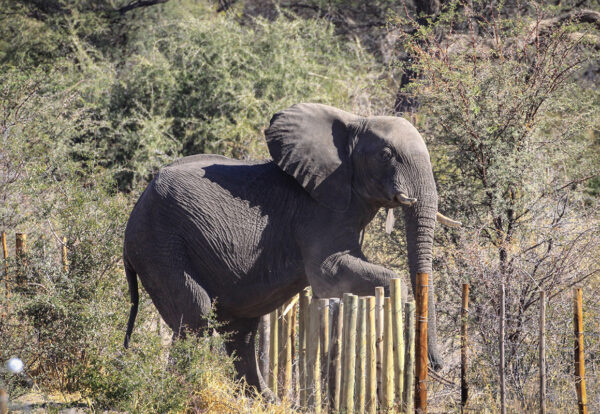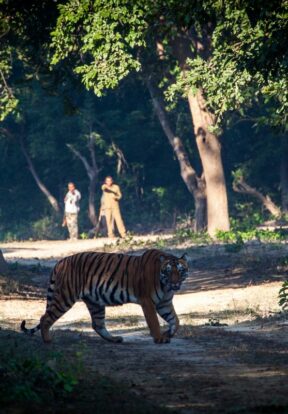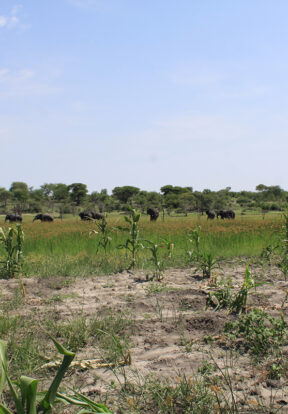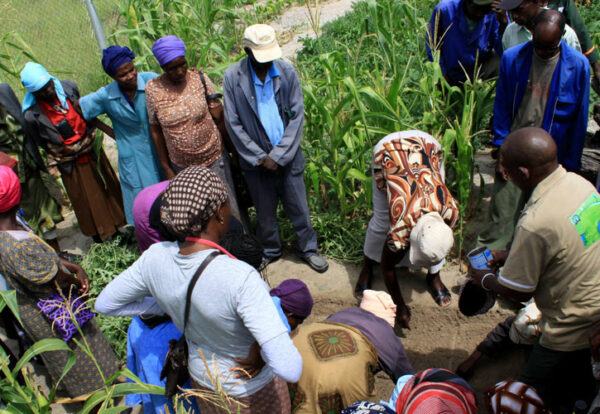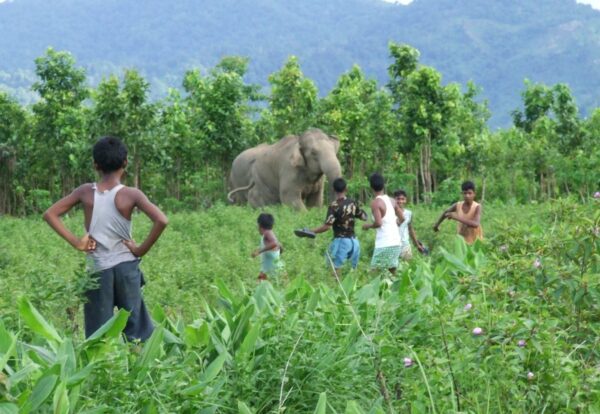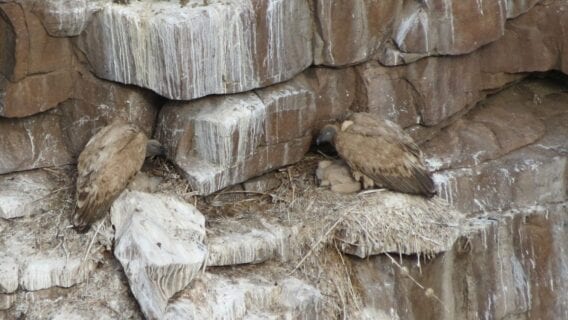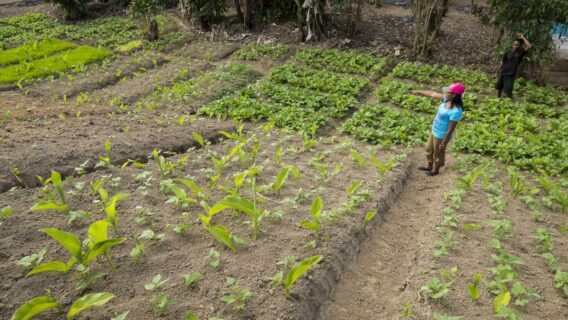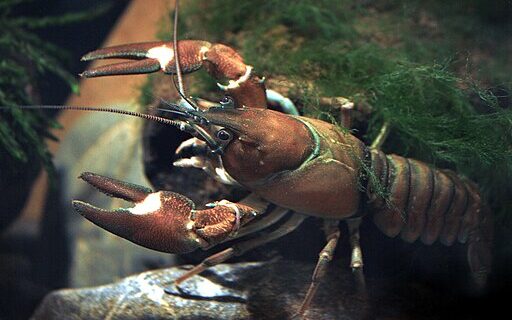Human-Wildlife Conflic: global challenge and local solutions
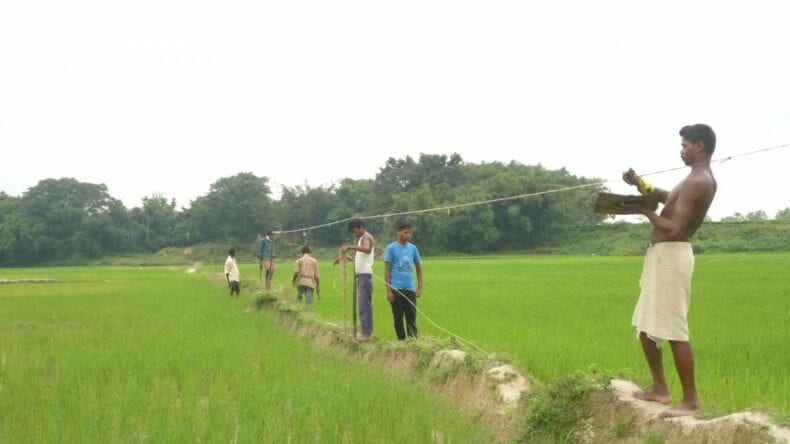
Wildlife can pose a direct threat to the safety or livelihood of people, by killing livestock, damaging crops or property, or attacking people. When such incidences become a recurring issue, retaliation against the species blamed often ensues, leading to conflict about what should be done to remedy the situation. Although this is certainly not a new scenario – people and wildlife have co-existed for millennia – it is one which appears in recent years to be much more frequent, more serious, and widespread across the world. It is fast becoming a global concern for conservation and development alike.
Human-wildlife conflicts, as these situations are commonly called, are essentially conflicts between two or more human stakeholder groups over the management of wildlife. While one group is affected by the presence of the species and wants it handled in whatever way necessary, another group wants to (or is legally obliged to) protect the species in question. Sometimes several more groups are also involved, weighing in with a range of different interests and needs.
Each situation of human-wildlife conflict is unique and what may work in one case is rarely directly transferrable to another. A further challenge is that well-functioning methods of damage control (and indeed retaliation control) are elusive, and even where they do exist they are often not implemented in a socially and financially sustainable way. A seemingly straightforward issue such as guarding a herd of cows or fencing a patch of crops can escalate into a deeply divided ongoing conflict about who is to blame, who should pay, who did what wrong in the past, and who is responsible for finding solutions.
In short, human-wildlife conflicts are complicated and defy easy analysis and resolution. In some cases, people tolerate extreme losses from the presence of wildlife despite living in poverty, while others experience negligible economic losses but are unwilling to accept the presence of the species under any condition. Further complicating matters, this dramatic variation in tolerance is not predicted by factors such as education or income levels, land ownership, species involved, or any other obvious measurable characteristic.
Human-wildlife conflict affects most large carnivores including lions, leopards and tigers as well as many other species groups including but not limited to elephants, pigs, deer, primates, sharks, seals, birds of prey, crocodiles, rhinos, otters. Human-wildlife conflict often also severely impacts the livelihoods, security and wellbeing of the people of whom we ask support for wider conservation goals, and nations trying to align and benefit from conservation and development goals. Furthermore, in some cases conservation successes have resulted in creating new human-wildlife conflict where, for example carnivores have recovered in numbers and expanded their range.
As countries increasingly grapple with this multi-faceted challenge, human-wildlife conflict is beginning to appear in national policies and strategies for wildlife, development and poverty alleviation. Almost every country in the world hosts some form of human-wildlife conflict, and highly biodiverse developing countries particularly struggle with this issue.
Research has shown there a lack of transferability and interdisciplinary approaches are essential. Efforts to address the obvious problem without fully considering the underlying socio-political conflicts fuelling the situation often result in only temporary fixes, or worse, exacerbating these pre-existing tensions.
The IUCN SSC Human-Wildlife Conflict (HWC) Task Force is an expert advisory group that aims to support professionals working on human-wildlife conflict by providing interdisciplinary guidance, resources, and capacity building. Its objectives are to act as an expert advisory body, facilitate interdisciplinary approaches by encouraging the collaboration of experts from many different fields, and build capacity by developing technical or framework guidance materials, training workshops and learning platforms.
Created in 2016 at the request of the Species Survival Commission to assist Specialist Groups and others in addressing this growing global conservation issue, the HWC Task Force works in close collaboration with IUCN Save Our Species, in particular on its SOS African Wildlife initiative, as well as the IUCN Integrated Tiger Habitat Conservation Programme, among others.
Through coordinated conservation actions these grant-making programmes support NGOs to implement tailored solutions that collectively can deliver meaningful results helping communities shift from conflict to co-existence with wildlife.

